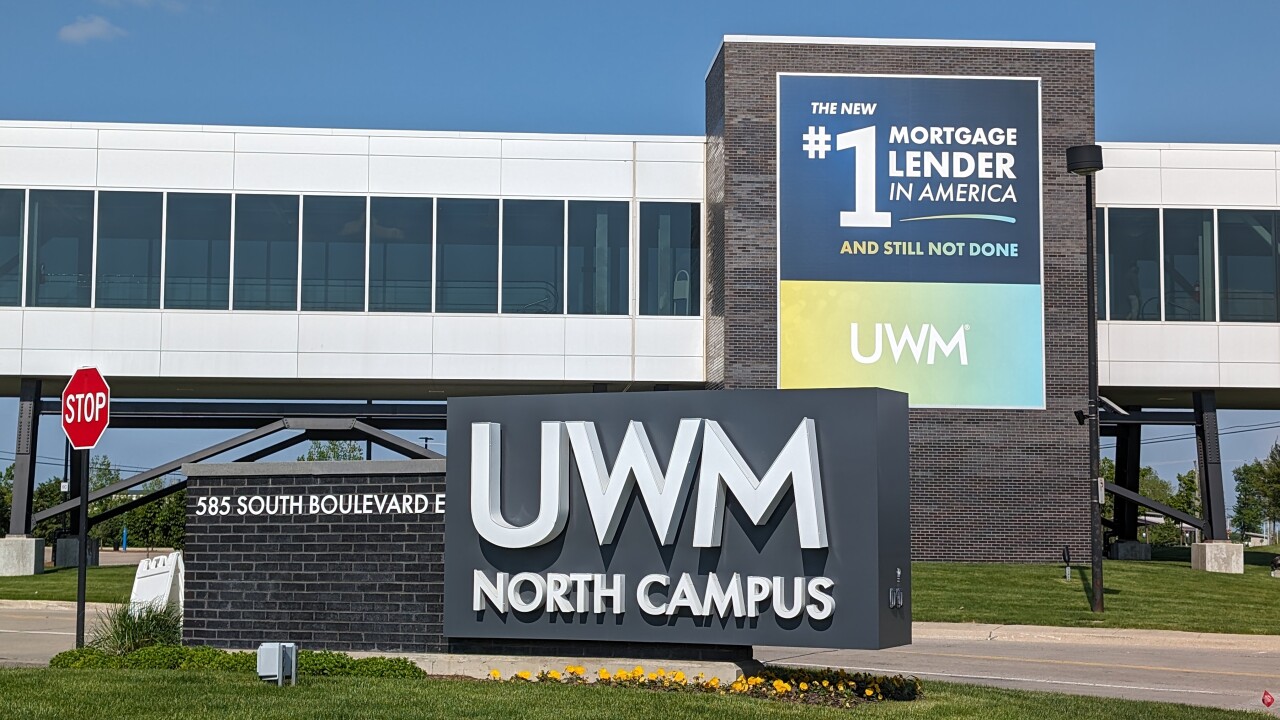The increased regulatory burden created by the Dodd-Frank Act restricted bank residential lending in 2017, especially when it came to non-qualified mortgages, according to an American Bankers Association survey.
Slightly more than half of the banks, 52%, said they primarily originated loans that met the qualified mortgage standard, and whatever non-QM lending they did was to targeted markets, the ABA's Real Estate Lending Survey found. This was up from 45% in 2016.
The qualified mortgage rule established under Dodd-Frank created a safe harbor for loans that met certain criteria; but no matter whether a loan meets that criteria or not, currently any loan that Fannie Mae or Freddie Mac will purchase is automatically QM. Many banks' mortgage lending strategy includes originating jumbo loans which are not agency eligible and keeping them in their portfolio. But many jumbo mortgages fall outside of the QM rule standards and thus don't fall under the safe harbor, making lenders reluctant to originate them.

"The survey shows how the current rules are making it difficult for banks to fully serve their communities," said Robert Davis, the ABA's executive vice president in charge of mortgage markets. "The good news is Congress is
The survey was conducted in February and March, before recent statements by the acting director of the Consumer Financial Protection Bureau, Mick Mulvaney, which supported
But the percentage of banks that originated loans without regard to QM status fell to 20% from 23% in 2016. Meanwhile, 28% of banks restricted lending to QM only, down from 31%. Non-QM loans made up 10% of bank mortgage originations last year,
However, 70% of the respondents said the ability-to-repay/QM rules had a moderate impact on credit availability in 2017, up from 61% in 2016, while the percentage that said they had a negligible effect fell to 26% from 29%. Only 4% said the rules had a severe effect on credit availability, down from 10% for 2016.
Banks ended up putting 67% of their non-QM originations into portfolio.
The leading reason why an origination became non-QM was because it exceeded the debt-to-income ratio, 39%, followed by documentation requirements, 16%, and the interest rate, 12%.
More than half of the banks surveyed, 53%, said regulation had a moderate negative impact on their business in 2017 (compared with 55% the previous year), while 24% said it had an extreme negative impact (compared with 22% for 2016) and 22% said it had a small negative impact. Just 1% said regulation had no negative impact at all.
"In the face of those regulatory barriers, single-family mortgage loans for first-time homebuyers still accounted for a record 17% of all loans in our survey," Davis said.
This was up from 16% in 2016, 15% in 2015 and 14% in 2014.
Nearly 76% of the loans originated by banks last year were conforming, with jumbo at 9%, nonconforming at 10% and Federal Housing Administration/Veterans Affairs at 5%. Mortgages with loan-to-value ratios over 80% made up 43% of the volume.





